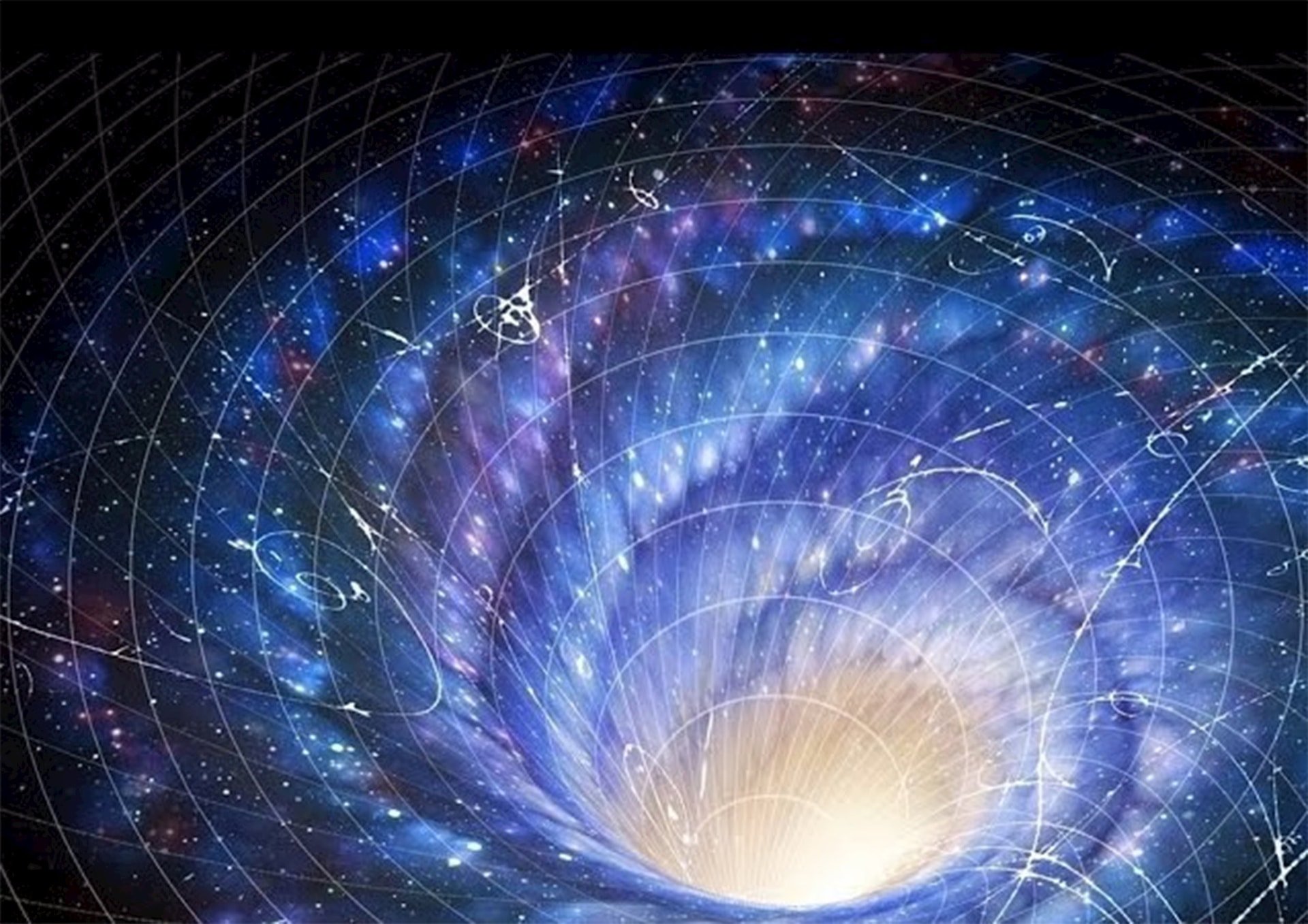
Astronomers know the universe is being pushed apart at an ever-increasing rate, and they’ve wondered for decades what’s speeding things up. They hypothesize that a powerful, unchanging force is at work. But they can’t see it and don’t know where it comes from, so they call it dark energy.
It's so big that it could make up nearly 70% of the universe - while ordinary matter like all the stars, planets and people makes up just 5%. But findings published earlier this year by an international team of more than 900 scientists from around the world yielded a big surprise. When they analyzed how galaxies move, they found that the push or pull around them doesn't seem to be constant. A new, more extensive analysis released on November 20 suggests the same answer.
The Dark Energy Spectroscopic Instrument uses a telescope based in Tucson, Arizona, to create a 3-D map of the universe’s 11-billion-year history to see how galaxies have clustered throughout time and space. That gives scientists information about how the universe evolved and where it is headed.
The collaboration’s latest findings point to a possible explanation: that over billions of years of cosmic history, the universe has been expanding and galaxies have been clumping together, as Einstein’s theory of relativity predicted. But the new findings are not conclusive. Astronomers say they need more data to overturn a theory that seems to fit so well.
“The answer depends on a lot of other research, because dark energy is the largest component of the universe, so its behavior determines the fate of the universe. If dark energy is constant, the universe will continue to expand. If it grows stronger, the universe will expand so fast that it will destroy itself in billions of years,” explains David Spergel, an astrophysicist and president of the Simons Foundation.
Source: https://daidoanket.vn/phat-hien-moi-ve-nang-luong-toi-trong-vu-tru-10295079.html































![[Photo] Nghe An: Provincial Road 543D seriously eroded due to floods](https://vphoto.vietnam.vn/thumb/1200x675/vietnam/resource/IMAGE/2025/8/5/5759d3837c26428799f6d929fa274493)



































































Comment (0)